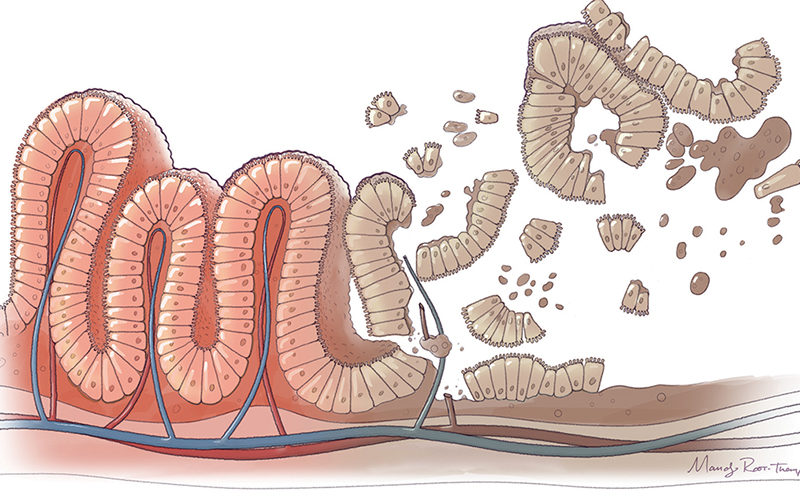Getting to the Point: Are Safety Needles Really Safe?
Getting to the Point: Are Safety Needles Really Safe? https://pediatricsnationwide.org/wp-content/themes/corpus/images/empty/thumbnail.jpg 150 150 Kelli Whitlock Burton Kelli Whitlock Burton https://secure.gravatar.com/avatar/b88be7f2a12ef2b7073607ea30e412f2?s=96&d=mm&r=g- November 11, 2014
- Kelli Whitlock Burton
Sharp hypodermic needles are, as the name implies, sharp. Just ask the nearly 400,000 U.S. health care workers who are accidentally pricked each year. Most needle sticks aren’t serious, but the potential for exposure to bloodborne diseases has led many hospitals to discontinue the use of sharp needles in certain areas, including the operating room.
When administering perioperative anesthesia, most specialists now use plastic “safety” needles too blunt to easily puncture skin. But a study published in a recent issue of the Journal of Clinical Anesthesia suggests these needles may have safety issues of their own.
While sharp needles glide easily through rubber stoppers atop medication vials, plastic needles require more force to pierce the vial tops. Some anesthesiologists reported seeing tiny pieces of rubber floating inside vials from a stopper punctured by a plastic needle.
“There were reports of this all the time, so we wanted to see if there was anything to it,” says Tariq Wani, MD, an anesthesiologist at Nationwide Children’s Hospital and lead author of the study.
Collaborating with The Ohio State University and the University of Louisville in Kentucky, Dr. Wani studied this phenomenon, called “coring,” in 465 empty medication vials collected from operating rooms. The vials were topped with new rubber caps that certified anesthesiology specialists punctured with either an 18-gauge sharp hypodermic needle or a blunt plastic safety needle. They then used a filter to catch any rubber shavings.
Coring occurred in 40.8 percent of the vials pierced with safety needles, compared to just 4.2 percent of those punctured with a sharp needle.
“The concern is that these pieces could be drawn into the syringe and injected into a patient,” Dr. Wani says, noting that the majority of shavings were smaller than 1 mm. Although it’s unknown whether they would be harmful, Dr. Wani says it’s possible that patients with latex allergies could suffer a reaction or that the pieces could cause lung clots in people repeatedly exposed to anesthesia.
Some hospitals, including Nationwide Children’s, have switched to blunted steel needle tips, which puncture stoppers without coring but are still less likely to pierce skin accidentally. Another option, Dr. Wani says, is a filter needle, which is currently used on vials that have glass stoppers.
References:
- Rosenstock L. Statement for the Record on Needlestick Injuries by the director of the National Institute for Occupational Safety and Health, Centers for Disease Control and Prevention. House Subcommittee on Workforce Protections Committee on Education and the Workforce. Washington, D.C. 2000 Jun 22.
- Wani T, Wadhwa A, Tobias JD. The incidence of coring with blunt versus sharp needles. Journal of Clinical Anesthesia. 2014 Mar, 26(2):152-4.
About the author
-
Kelli Whitlock Burtonhttps://pediatricsnationwide.org/author/kelli-whitlock-burton/April 27, 2014
-
Kelli Whitlock Burtonhttps://pediatricsnationwide.org/author/kelli-whitlock-burton/April 27, 2014
-
Kelli Whitlock Burtonhttps://pediatricsnationwide.org/author/kelli-whitlock-burton/April 28, 2014
-
Kelli Whitlock Burtonhttps://pediatricsnationwide.org/author/kelli-whitlock-burton/April 29, 2014
- Post Tags:
- Anesthesiology
- Pediatric Surgery
- Posted In:
- In Brief






